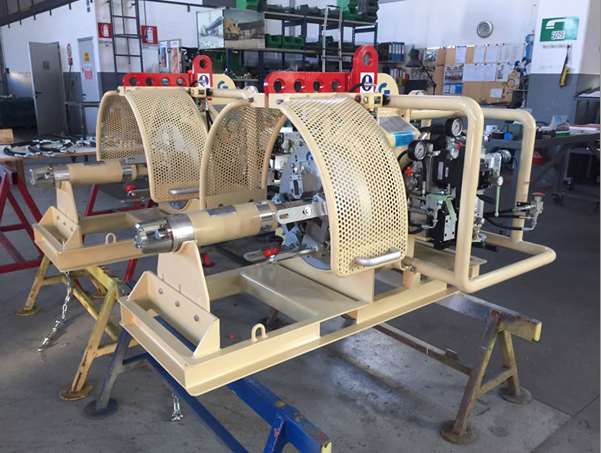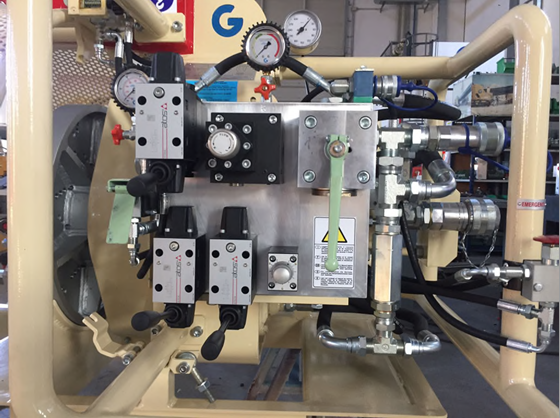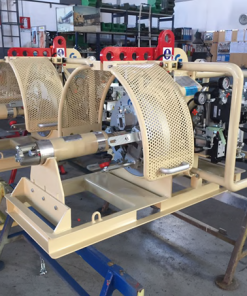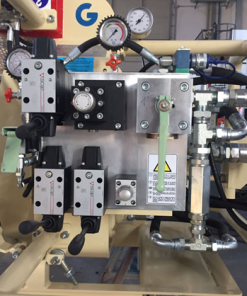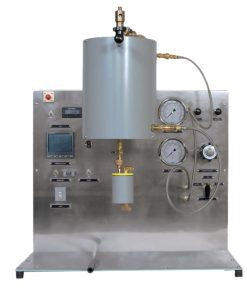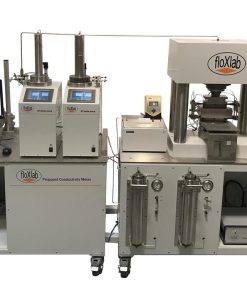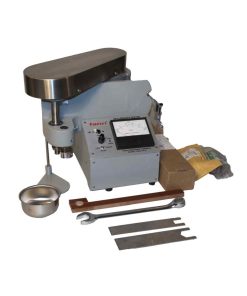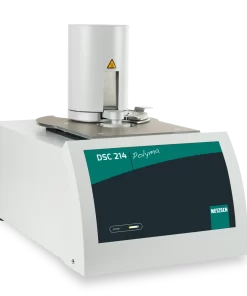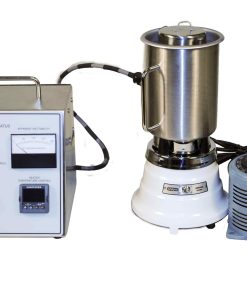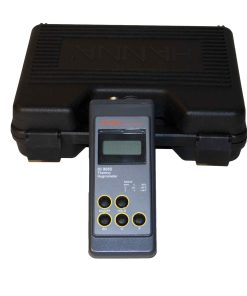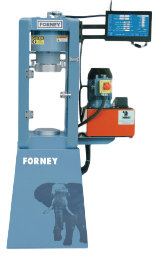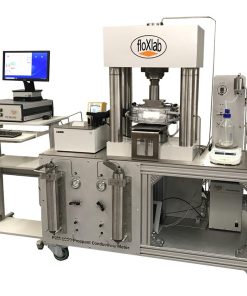PFM 06”-10” SHORT PFM FUNCTIONAL MANUAL
Related products
Fully automated apparatus Perform both short term and long term conductivity tests Achieved any desired closure stress Simulates leak off, and therefore accounts for damaging effects of fracturing fluids
The Fann Model 212 Combination EP (Extreme Pressure) and Lubricity Tester is a high-quality instrument designed to measure the lubricating quality of drilling fluids, provide data to evaluate the type and quantity of lubricating additives that may be required, and predict wear rates of mechanical parts in known fluid systems. EP tests are performed by applying a measured force with a torque arm to a torque-sensitive, rotating bearing cup. This provides a means of testing lubrication under extreme pressure conditions and produces an indication of the film strength of the fluid being tested
Easy-to-use, robust, precise, optimized for everyday use – these are the features of the innovative DSC 214 Polyma. The unique design of this instrument encompasses everything needed for successful DSC investigations – regardless of whether the user is a beginner or an experienced professional. Above all, it is the two new software developments that are setting new standards: AutoEvaluation and Identify.
The graph beside illustrates the wettability transition that is occurring during the phase transition for four synthetic based drilling fluids as they are mixed with an aqueous spacer that contains a popular surfactant package.
The Aqueous Phase Activity Kit is used to determine aqueous-phase activity of emulsified water using an electro hygrometer by the method described in American Petroleum Institute publication API Recommended Practice RP 13B-2. The kit includes special flasks and adapters and premixed saturated salt solutions (relative humidity standards) for use in calibrating the hygrometer
Ordering Information
Part No. 102541081— Automated Compressive Strength Tester, 115 Volt Part No. 102540896— Automated Compressive Strength Tester, 230 Volt
Proppant pack conductivity with brine and gas Several API cell configuration available ( single ,multi API cell)

